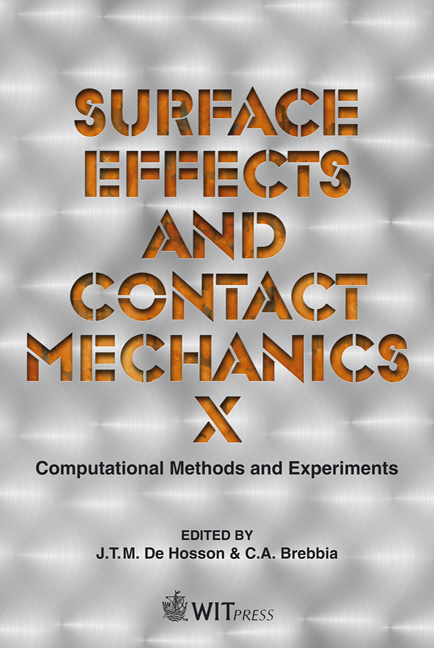Long Lasting Time Outdoor Atmospheric Corrosion Tests: Electrochemical Analysis
Price
Free (open access)
Transaction
Volume
71
Pages
11
Page Range
25 - 35
Published
2011
Size
3,172 kb
Paper DOI
10.2495/SECM110031
Copyright
WIT Press
Author(s)
M. Leiro & E. S. Ayllón
Abstract
When submerging a pure metal or an alloy in an aqueous solution, a migration of metallic ions between the solid phase and the aqueous phase starts immediately. In fact, it is a constant exchange of metallic ions in which the prevailing speed will be the one leading to a decrease of the free energy (W) of the system. The passing of the metallic ions to the solution will create a potential difference in the metal-solution interface, which will hinder the passage of new ions. A potential difference will be reached, in which the free energy variation will be null, and a thermodynamic equilibrium will exist. If the metal is submerged into a solution that has its own ions, the electrochemical potential will be different in each metal. Noble metals are those like gold (Au), and Platinum (Pt), whose ions are deposited on the metallic solid phase thus increasing their potential with respect to the solution. The metal will be traditionally more positive than the solution. Those metals like Iron (Fe) and Zinc (Zn) will have a tendency to pass to a solution, no matter their ionic concentration, getting the metallic solid phase lower potentials than the solution, or negative potentials in contrast with noble metals. The direct measurement of the potential difference between the metal and the solution is experimentally impossible. However, a cell with two electrodes can be formed to measure the potential difference between the two. One of the electrodes will be the pure metal or alloy, whose potential we are interested in finding out, and the other will be an electrode with an easy-to-reproduce potential to take it as a pattern.
Keywords
atmospheric corrosion, electrochemical analysis





